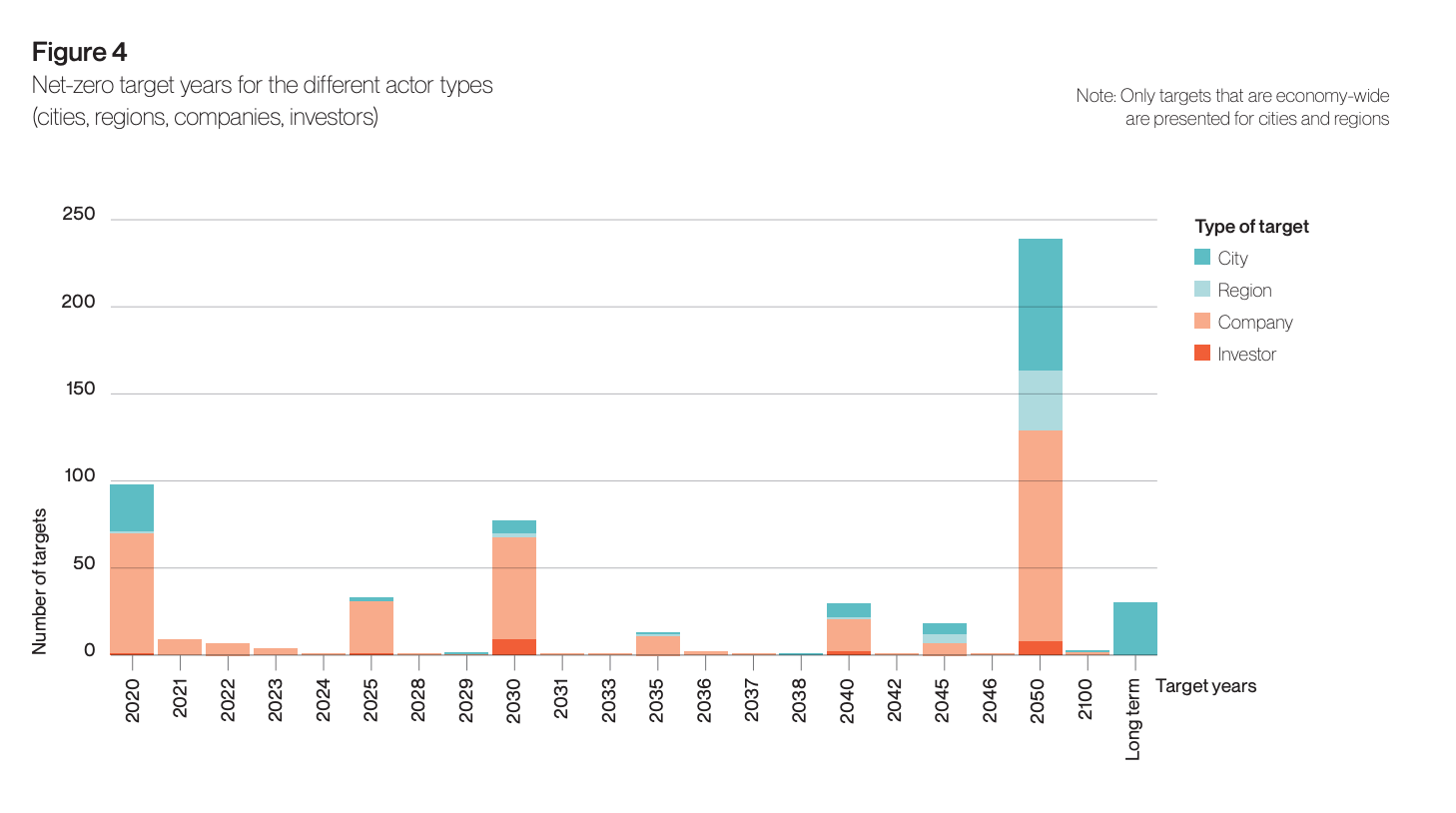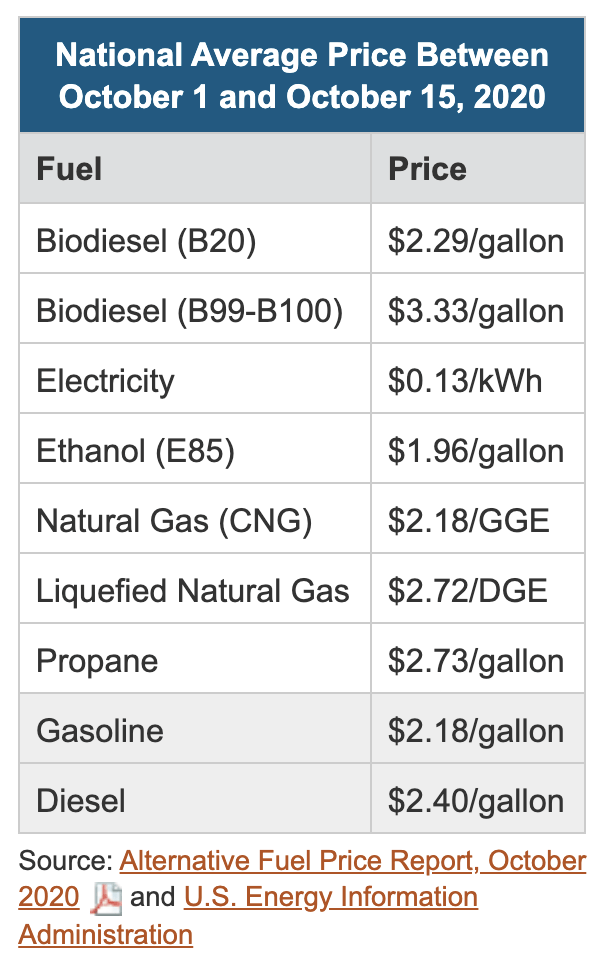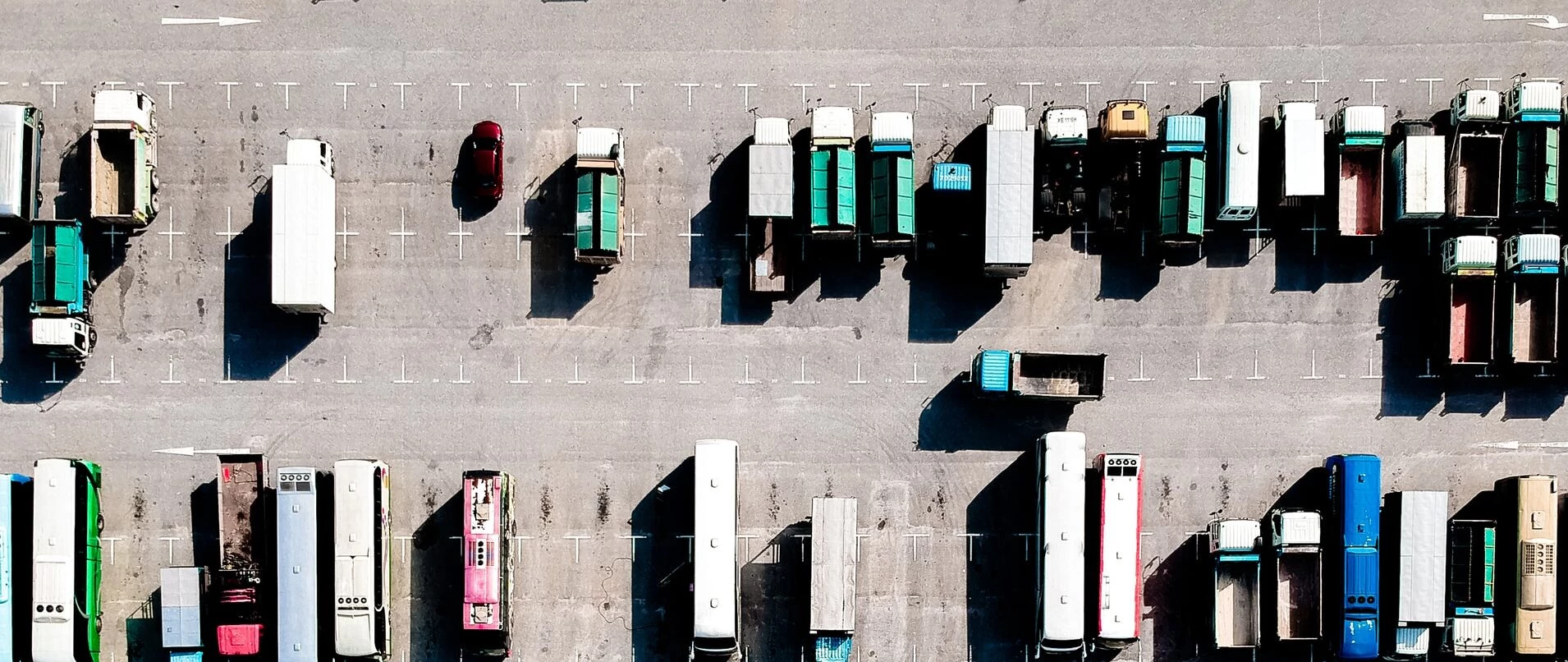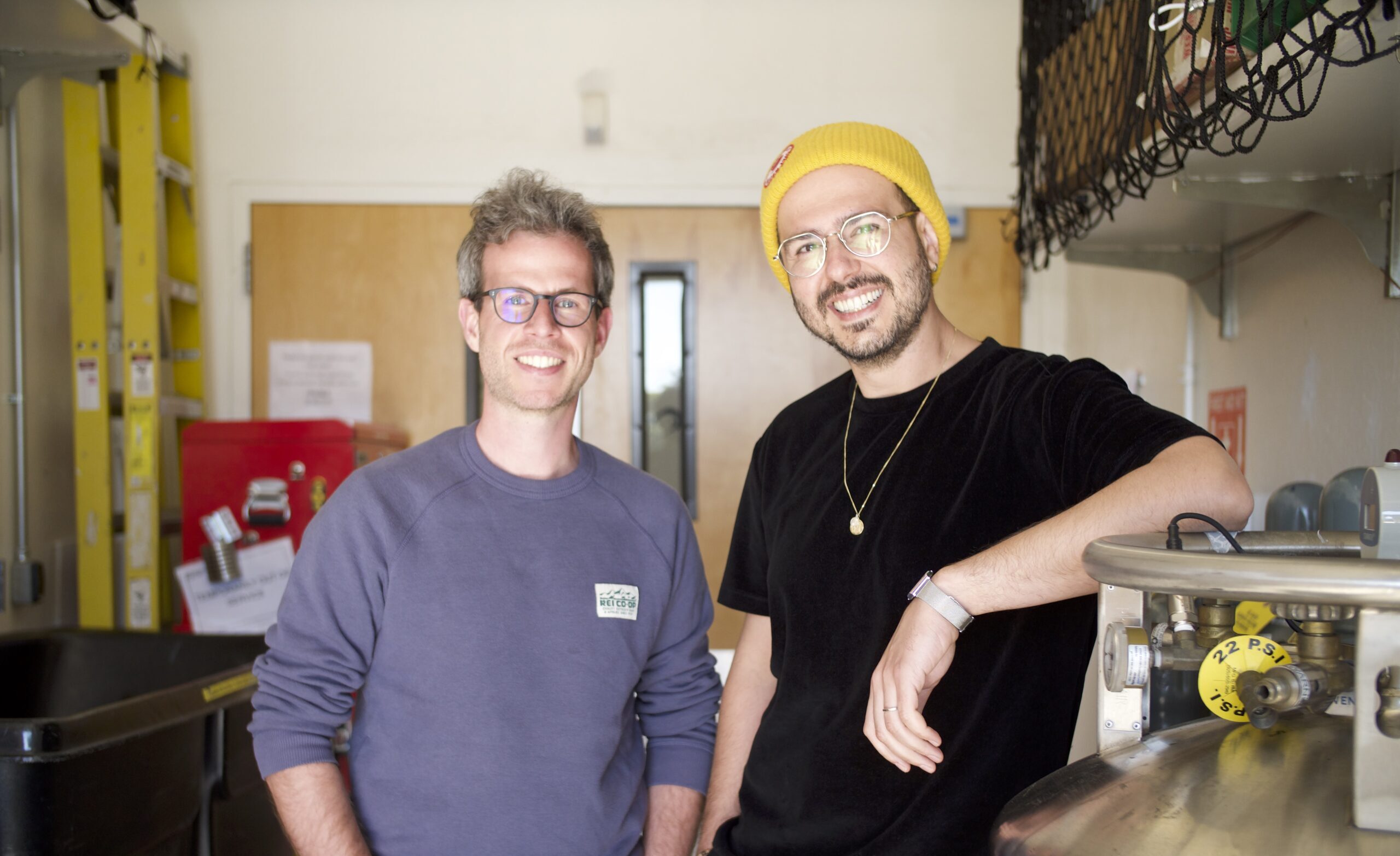California is one of many jurisdictions that made a clear and concise political pronouncement, “no more internal combustion vehicles allowed to be sold after…about next Thursday.” The push for net-zero carbon in heavy-duty trucking feels like it’s coming in April, but in actuality we’re only likely to achieve meaningful adoption of net-zero technologies in the 2040s when the infrastructure around it is well established. If we want to save a generation of children from poor air quality, net-zero is not today’s answer – we need “net-way-better” solutions that provide dramatic improvement in short order and aren’t hindered by the need for absolute ‘zero.’

Any data-based discussion of net-zero transportation as a policy that can yield immediate results will show a lot of problems. The worst polluters in underserved communities of color in California are drayage trucks. These are ten- to twenty-year-old trucks with no resale value (<$20,000), using older and dirtier engines, idling ALL day spewing PM 2.5 (causing brain damage as well as respiratory disease). The drivers are poor and poorly paid. They exist only to shuttle freight from container ships to rail, back and forth on a 20-mile round trip all day. Needless to say there’s not a lot of capital in these markets for new, fancy trucks. These are the end of life clunkers that are ending lives in Long Beach. New and clean diesels cost $100,000. New fuel cell or battery versions of long-haul trucks cost $200,000 or more, and aren’t available yet.

If the goal is to put less soot into children and improve air quality for underserved communities as fast as possible, the ethanol truck is the answer. An ethanol-burning truck that makes no soot could be retrofit on older vehicles for $20,000 or built new for $90,000. It can be ready a decade earlier and be deployed in ten times as many vehicles. It can be fueled with lower-carbon fuels available in volume today at lower prices than diesel, reduce smog and particulate emissions dramatically, and put us on a strong path to net-zero carbon as fast as we choose to transition. Can California rally folks to “only no-soot vehicles sold after…next Thursday?” Can we simply set a carbon reduction taper and ask industry to meet it through whatever energy innovation is the fastest and most cost effective?
Are we able as a society to say “abolish” ICE (internal combustion engines, not Immigration and Customs Enforcement) but encourage internal combustion engines to be modified to meet our actual goals of cleaner air, diverse local energy sources, and lower greenhouse gas emissions? We must embrace CARB coping with this dissonance, or risk poisoning another generation of young people while we prioritize ideological purity over air purity. I believe they are up to it.
Follow Lou on LinkedIn for updates on his next article on this topic.

Photo by Christian Chen on Unsplash




